Introduction
Effective management of cloud infrastructure is a critical factor in ensuring seamless and scalable operations within modern enterprises. Integrating key components such as compute resources, storage solutions, networking capabilities, and security protocols is essential for maintaining robust IT infrastructures. This article explores the core elements and best practices crucial to cloud infrastructure management, emphasizing the significance of technologies like virtualization, containerization, and artificial intelligence in optimizing resource allocation and enhancing performance.
Furthermore, it delves into the importance of a proactive approach, including robust governance frameworks, Infrastructure as Code, and a Secure by Design mindset, to enhance operational efficiency and security. Continuous monitoring, performance optimization, and strategic cost management are also discussed as vital strategies for maintaining high-performance cloud environments. Through insights from industry leaders and real-world examples, the article aims to provide a comprehensive guide for organizations striving to manage their cloud infrastructure effectively while staying ahead of technological advancements.
Key Components of Cloud Infrastructure Management
Efficient management of online systems combines crucial elements like computing resources, storage options, networking features, and security measures to guarantee a smooth and adaptable operation. 'This integration is crucial for businesses that depend on strong IT systems, like Chess.com, which supports over 150 million users globally.'. James Kelty, Head of Infrastructure at Chess.com, emphasizes that their focus on creating a stable IT environment, leveraging public resources and on-premises solutions, has been fundamental to their growth and user engagement.
Additionally, the adoption of virtualization and containerization technologies plays a significant role in optimizing resource allocation and enhancing performance. These technologies provide on-demand scaling and adaptable IT systems, decreasing the necessity for significant initial capital expenditures, as emphasized in recent technology evaluations. For instance, the application of AI at both the network core and edge can automate real-time decision-making and dynamically allocate resources, further enhancing operations.
The strategic integration of these technologies not only supports current operations but also positions businesses to adapt to future technological advancements. As noted in industry reports, early adoption of innovative solutions provides a competitive edge, enabling organizations to navigate and leverage emerging trends effectively. This all-encompassing method to digital resource management guarantees that companies can satisfy the increasing needs of their users while preserving high performance and operational effectiveness.
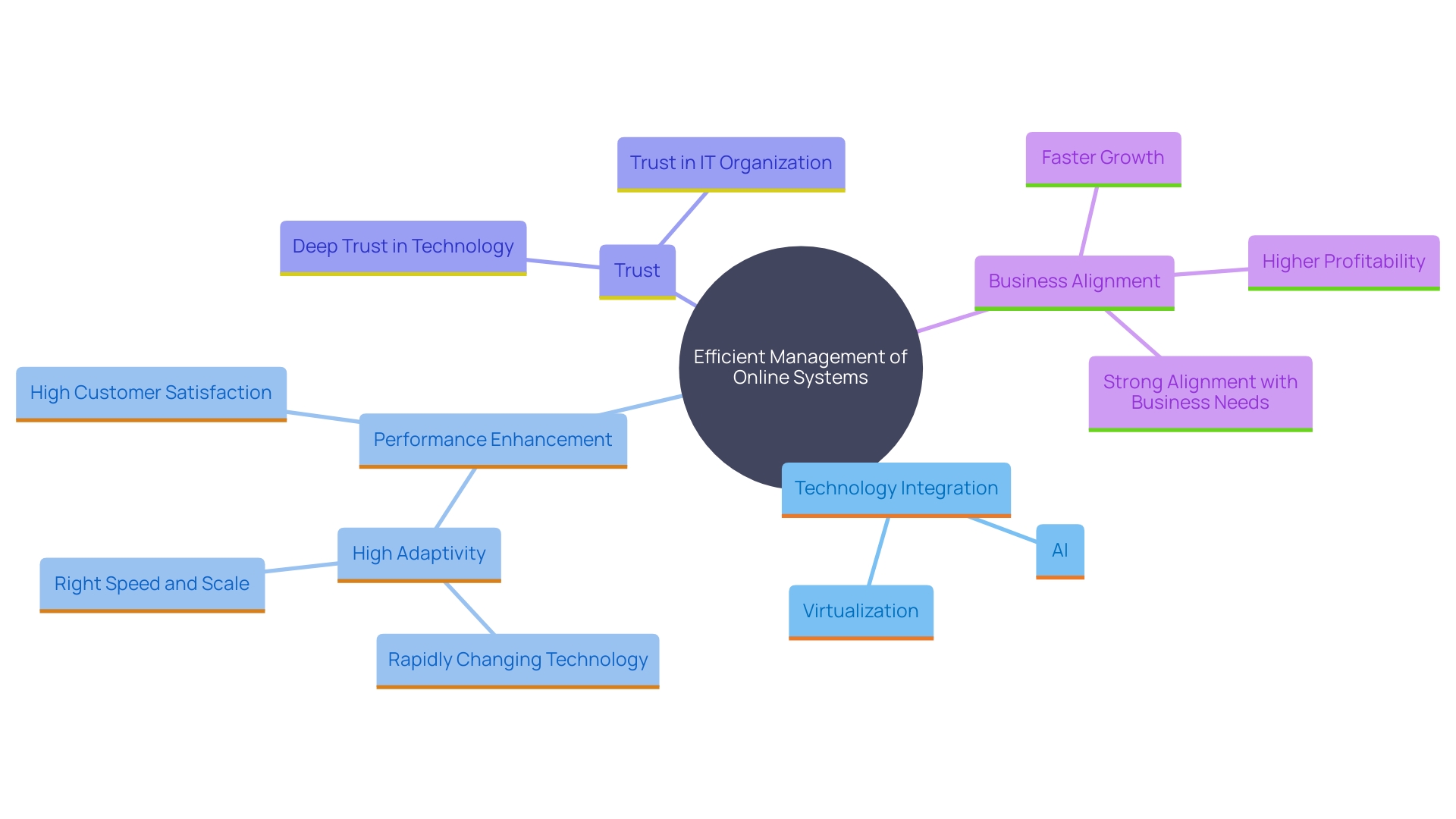
Best Practices for Cloud Infrastructure Management
Effective infrastructure management demands a proactive method that includes several essential strategies. Establishing a strong governance framework is crucial to manage resources effectively. Establishing clear policies for access and usage ensures that all team members adhere to best practices, minimizing the risk of unauthorized access and misuse. Consistently reviewing service agreements is essential to guarantee compliance and to remain informed about any alterations that may impact your organization’s operations.
Leveraging Infrastructure as Code (IaC) is another vital component, as it streamlines deployment processes, enabling consistent and repeatable configurations. This approach not only enhances operational efficiency but also reduces the potential for human error.
As highlighted by Rosemary Wang, author of Infrastructure as Code, Patterns and Practices, it's important to incorporate a rigorous testing strategy for IAC to identify potential misconfigurations before they impact production. This proactive stance on testing can safeguard the integrity of your online environments.
Organizations like Chess.com exemplify the successful implementation of such strategies. Overseeing a platform that accommodates more than ten million chess matches each day, Chess.com has developed a reliable IT framework that combines public online resources and local solutions. This setup enables them to offer a seamless experience to their worldwide user base, showcasing the effectiveness of well-managed infrastructure.
Moreover, adopting a Secure by Design mindset can further enhance your management efforts in the online environment. By incorporating protection into your design and development processes from the outset, you can balance agility and cost optimization with strong protective measures. This method not only reduces weaknesses but also enables the safe expansion of your online system.
In summary, a proactive strategy for managing digital resources—supported by strong governance, clear policies, regular assessments, IaC, and a Secure by Design mindset—can significantly improve your organization's operational efficiency, security, and overall performance.
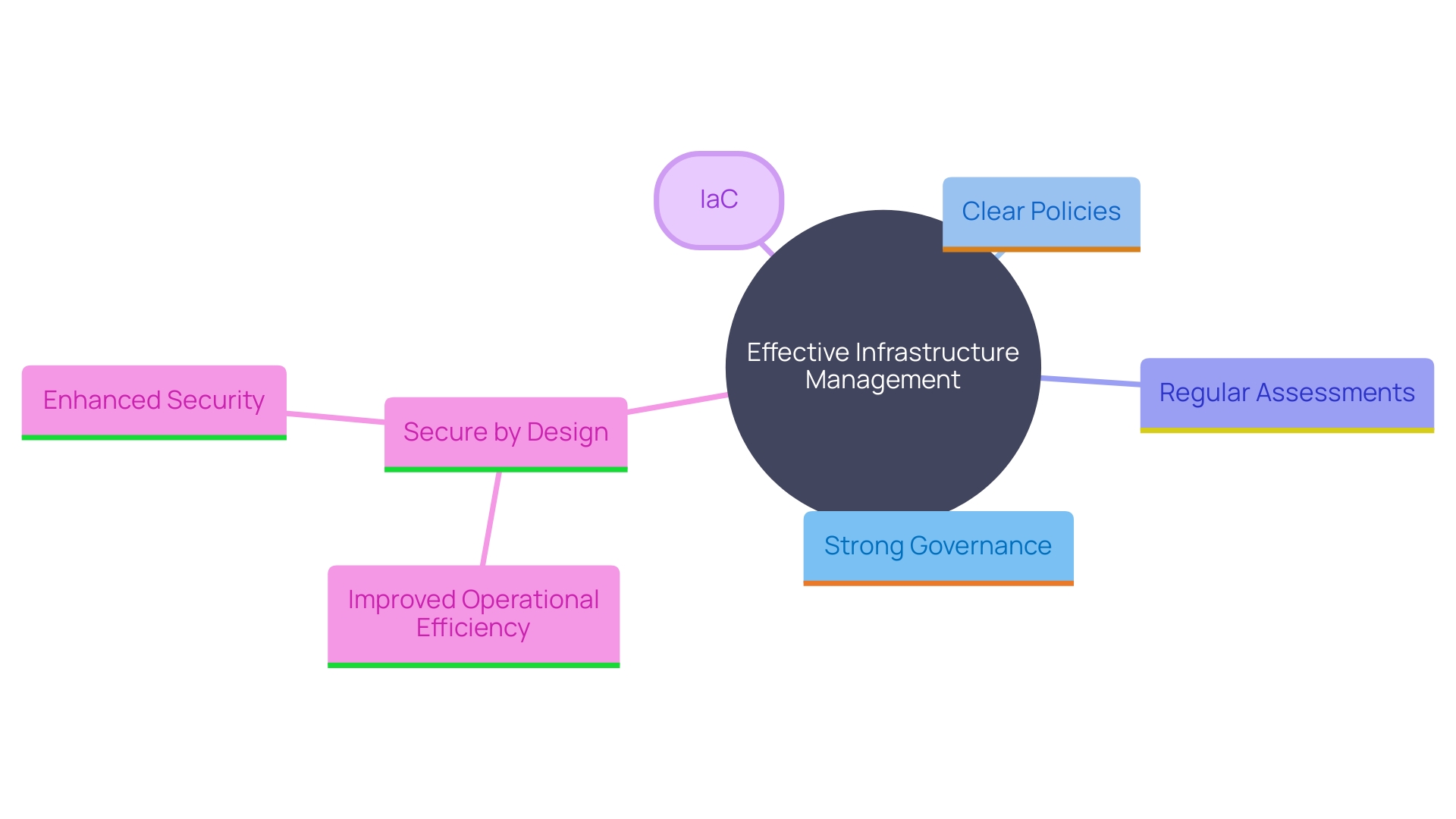
Monitoring and Performance Optimization
Ongoing observation of cloud systems is essential for guaranteeing optimal performance and resource distribution. By leveraging real-time analytics and performance metrics, organizations can detect bottlenecks and inefficiencies promptly. Automated alerting systems further enhance this process by facilitating immediate responses to potential issues, significantly reducing downtime and improving user experience.
For instance, Chess.com, which hosts over ten million chess games daily, relies heavily on a robust and stable IT framework. James Kelty, Head of Infrastructure, emphasizes the importance of real-time monitoring to serve their 150 million users effectively. “Our mission is to serve chess, and to nurture the game’s growth and the bonds it forges between people everywhere,” says Kelty. This approach has helped Chess.com maintain its position as the leading platform for chess enthusiasts globally.
Moreover, tools like ThousandEyes provide invaluable insights into user experience, enabling I&O professionals to resolve issues in a fraction of the time. As mentioned by a leader of worldwide network services at a business process services provider, "What would take two to three weeks to fix due to its sporadic nature, we can now address in a day or two." Such abilities highlight the essential role of ongoing monitoring and automated notification systems in sustaining a high-performance digital framework.
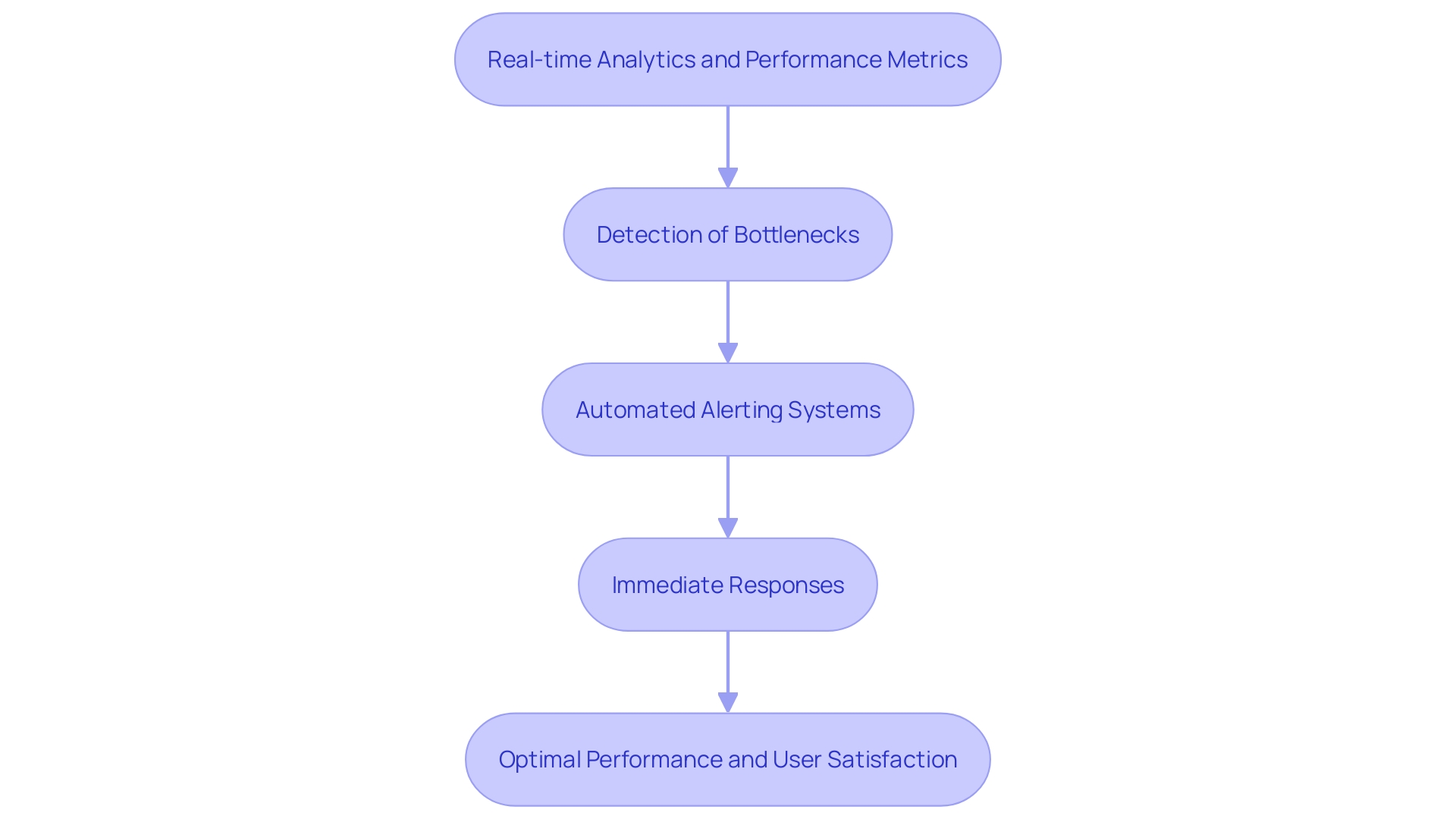
Security Measures in Cloud Infrastructure Management
In the domain of online infrastructure oversight, safety is a top priority that requires a thorough plan. A multi-layered strategy for protection, incorporating encryption, identity and access management (IAM), and regular assessments, is essential. This is particularly relevant in light of incidents such as the suspicious AWS support case aimed at exploiting Simple Email Service (SES) for phishing attacks.
Organizations must ensure compliance with industry standards and regulations to mitigate risks associated with data breaches and unauthorized access. 'According to the Cloud Security Alliance's recent report, the complexity of cloud ecosystems is expanding the attack surface, necessitating extended protective measures to encompass vendors and partners.'. Gartner's research highlights the significance of adaptive data protection methods to enhance organizational data safety.
Moreover, strategic collaborations with cybersecurity experts, such as those undertaken by Cloudzy, highlight the ongoing need for robust digital protection standards. 'As Paul Vixie, Ph.D., Deputy CISO at AWS, advocates, embracing a 'Secure by Design' mindset is crucial for balancing agility and cost optimization with protective objectives.'. 'This method not only incorporates security from the outset but also aids in the upkeep of secure products and services over time.'.
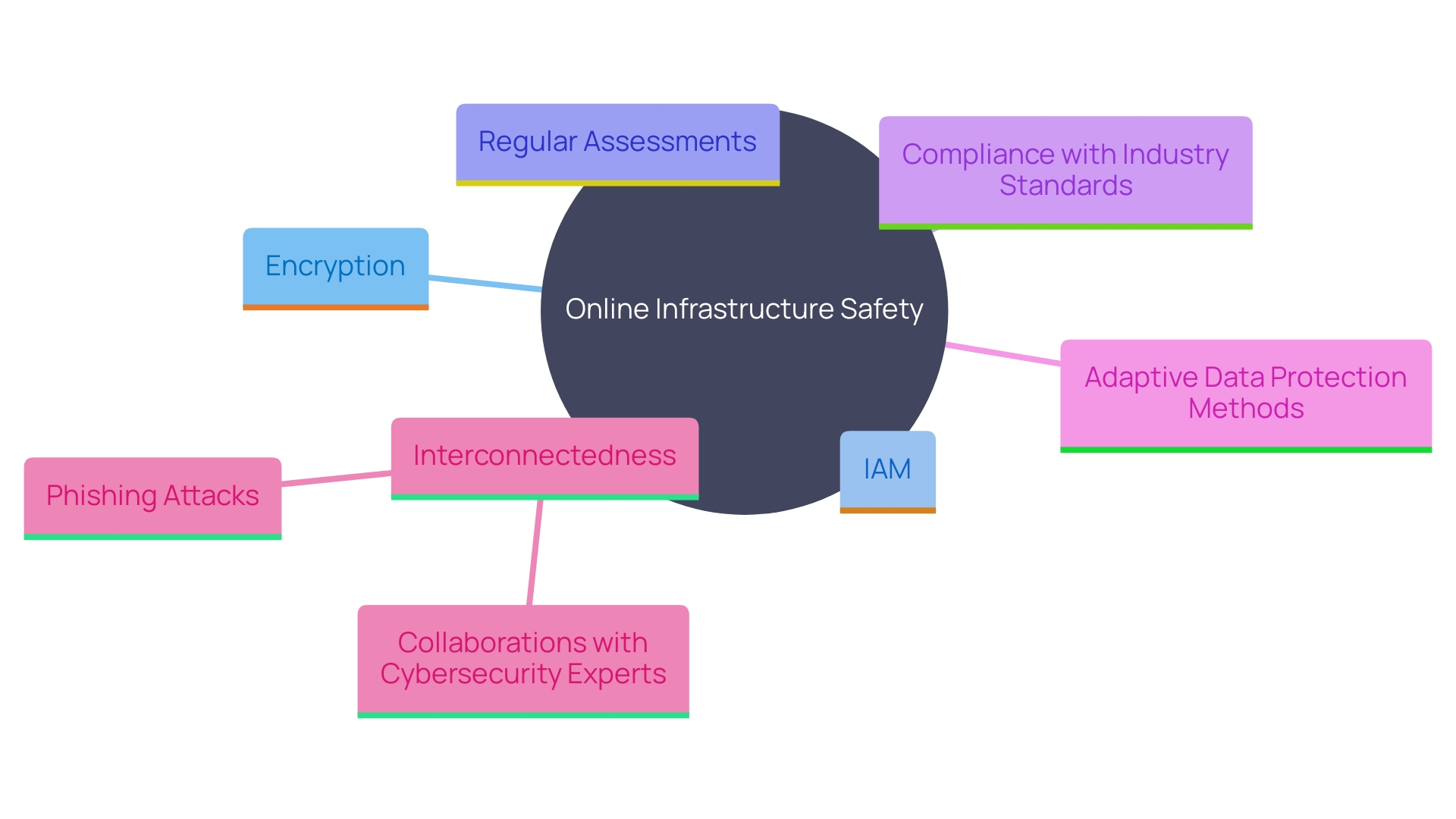
Cost-Efficiency and Resource Optimization
Attaining cost-effectiveness in online infrastructure management requires a multifaceted approach. Continuous monitoring of resource usage and expenditure is paramount. Utilizing advanced cost management tools, such as those highlighted in recent Microsoft Cost Management updates, can significantly aid in tracking spending and identifying underutilized resources. These tools not only help in real-time cost estimation but also in preventing bad spending patterns, thereby optimizing capacity and expenses.
One effective strategy is the implementation of auto-scaling features, which dynamically adjust resource allocation based on demand. This not only prevents overspending but also ensures that resources are used efficiently. As noted, the ability to estimate costs for Azure services directly within the Azure portal enables engineers to adjust virtual machine costs before deployment, enhancing budgeting accuracy.
Understanding the distinction between list price and contracted price is crucial. List price is the base rate, while contracted prices include negotiated discounts specific to an organization. This differentiation can further enhance cost management practices, ensuring that financial constraints are respected without compromising on the essential online services.
Integrating these strategies corresponds with the wider objective of maximizing return on investment in the digital environment, as outlined in industry reports. By balancing cloud investments against expected benefits, organizations can plan and prioritize their cloud migration journeys effectively, leveraging IT productivity, business innovation, and advanced technologies.
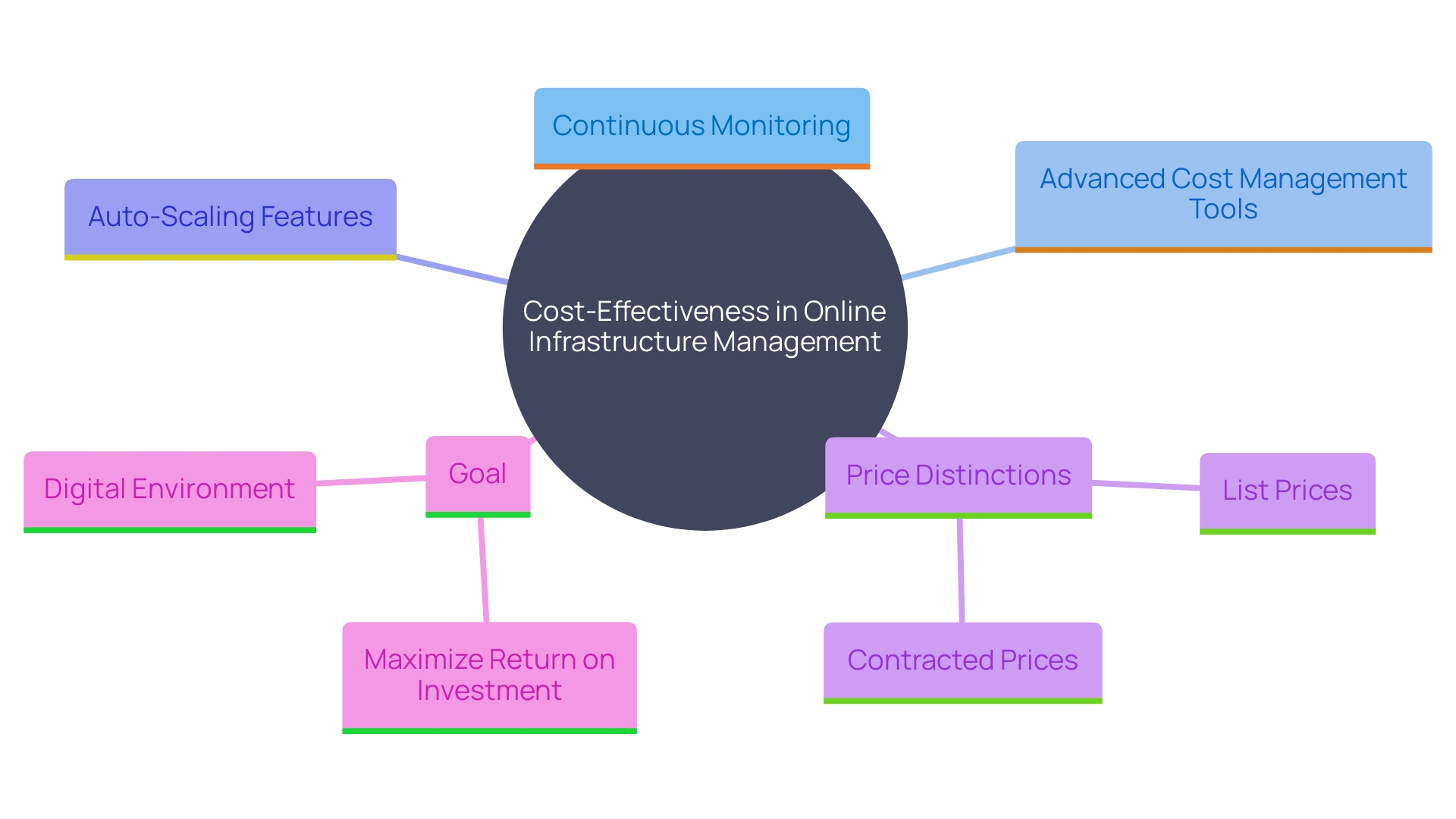
Continuous Monitoring and Support
Establishing a robust framework for continuous monitoring and support is essential to maintaining operational integrity. This process includes regular assessments of performance metrics, user feedback, and system health checks. Continuous monitoring tools collect, process, store, and present data from various sources, providing valuable insights and actionable recommendations. For instance, Comarch's comprehensive IT services are trusted by thousands of global brands to ensure seamless operations across diverse sectors.
Organizations must also implement a responsive support system to address issues promptly, minimizing downtime and enhancing user satisfaction. As highlighted by industry experts, incorporating experience level agreements (XLAs) can ensure that customer satisfaction and overall experience are prioritized. This approach is crucial in a landscape where rapid adaptation to evolving customer needs and regulatory requirements is imperative.
In summary, a well-structured continuous monitoring and support framework not only fortifies operational integrity but also drives innovation and customer value.
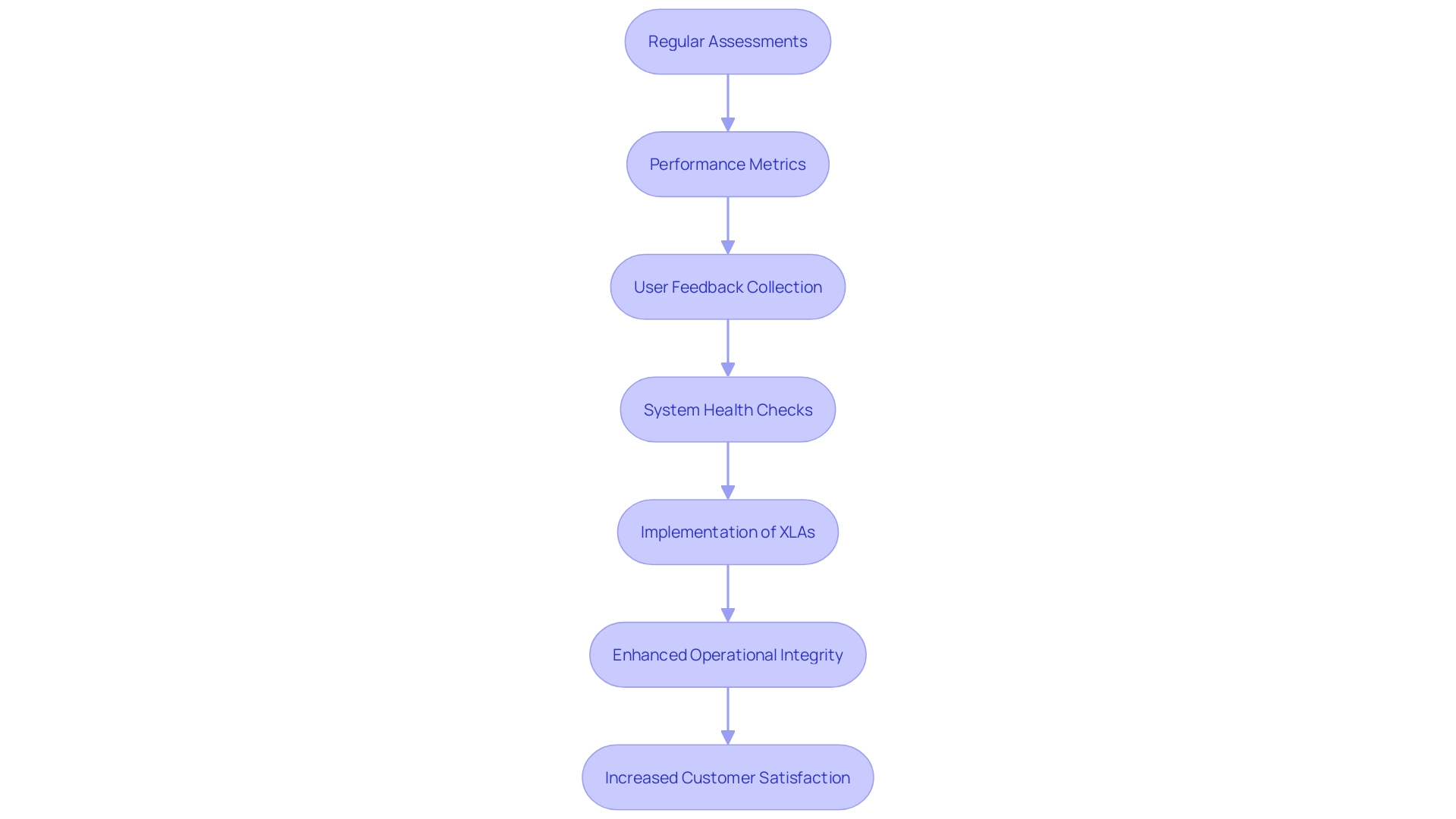
Conclusion
Effective management of cloud infrastructure is paramount for organizations striving to achieve seamless operations and scalability in today's digital landscape. By integrating key components such as compute resources, storage solutions, and networking capabilities, businesses can create robust IT environments that meet the demands of a growing user base. The successful implementation of virtualization and containerization technologies further enhances resource optimization and performance, allowing organizations to adapt swiftly to emerging technological trends.
Adopting best practices, including a proactive governance framework and Infrastructure as Code (IaC), significantly boosts operational efficiency and security. By embedding security measures from the outset and continuously monitoring systems, organizations can mitigate risks and enhance their overall cloud management strategy. Real-world examples, such as the practices employed by Chess.com, illustrate the effectiveness of these approaches in maintaining high-performance cloud environments and delivering exceptional user experiences.
Ultimately, a comprehensive strategy that encompasses continuous monitoring, cost management, and a Secure by Design mindset is essential. This multifaceted approach not only ensures optimal resource allocation but also aligns cloud investments with organizational goals, driving innovation and maximizing return on investment. Embracing these principles positions enterprises to thrive in an ever-evolving technological landscape, ensuring they remain competitive and responsive to user needs.




